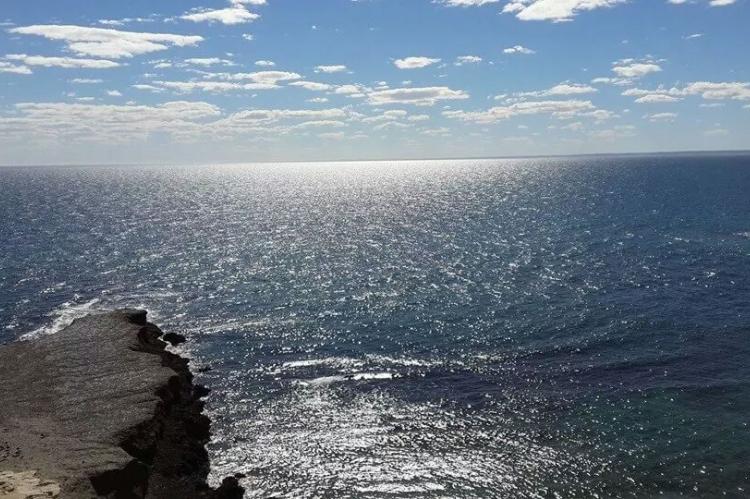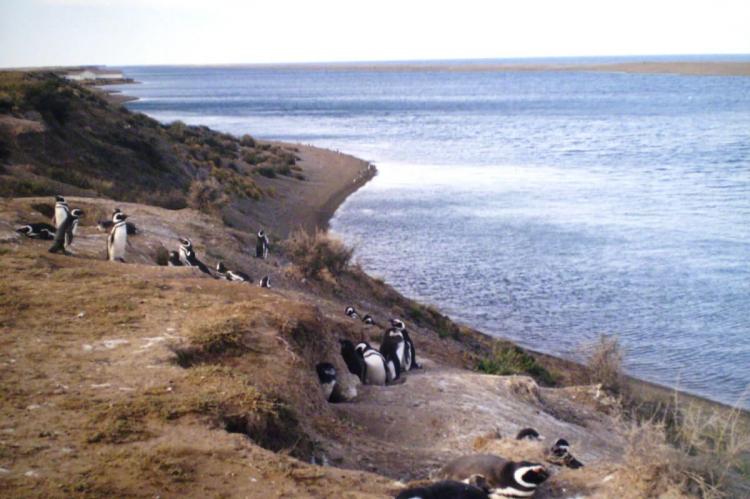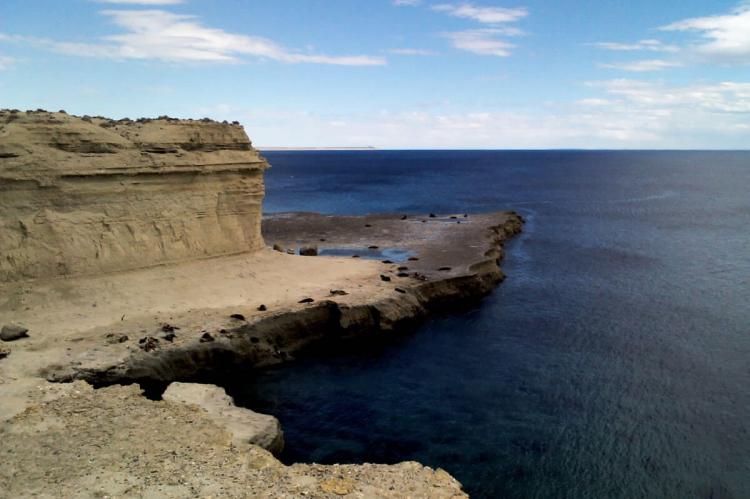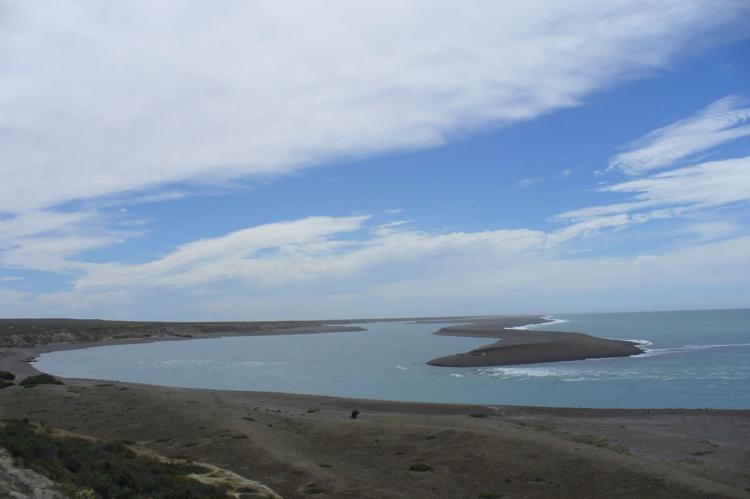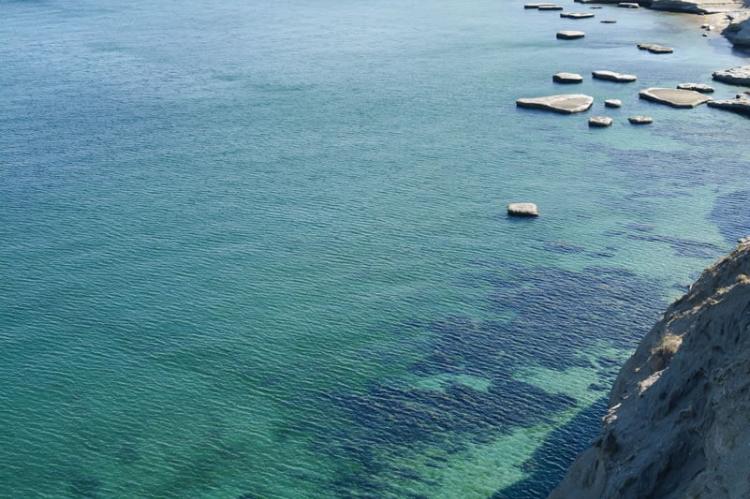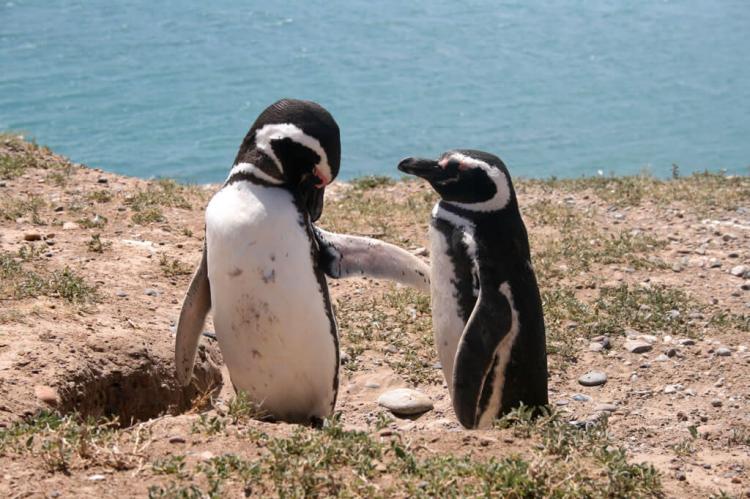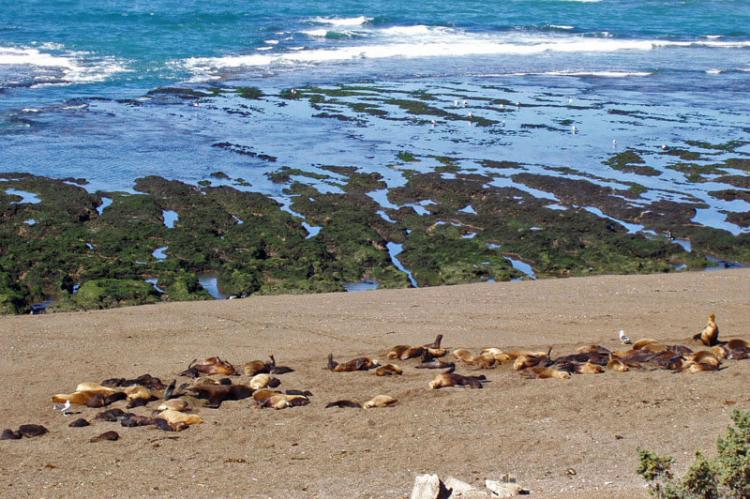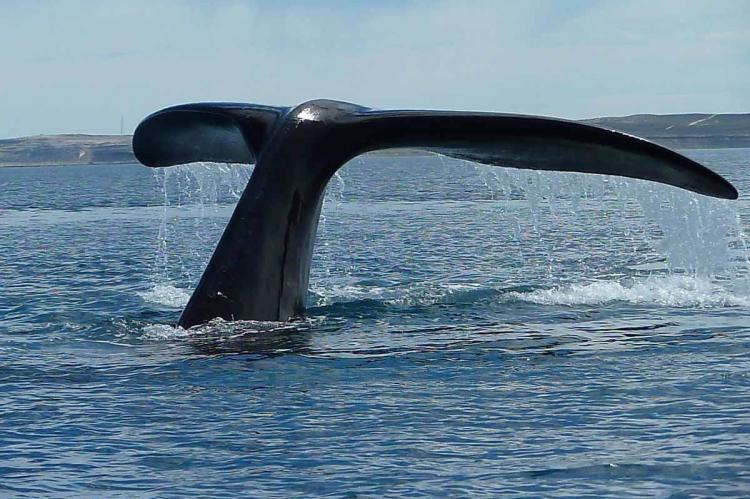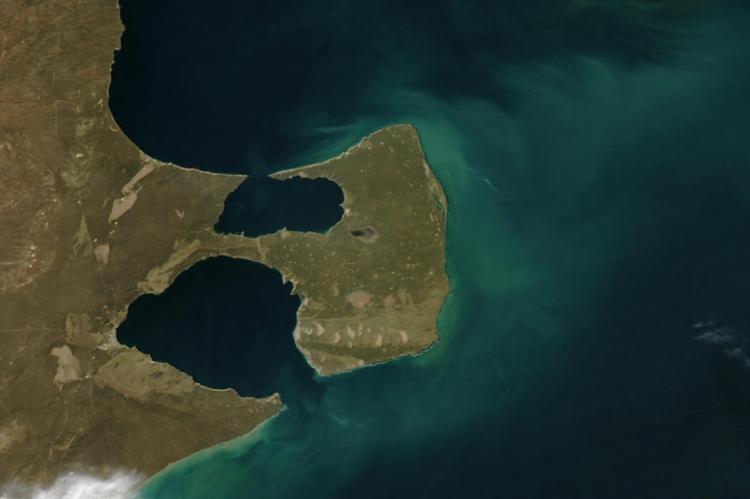A Patagonian Odyssey: Unveiling the Treasures of the Valdés Peninsula
Nestled in northern Patagonia, the Valdés Peninsula is a testament to nature's power and beauty. This extraordinary landmass, jutting out into the Atlantic Ocean from the Chubut Province of Argentina, is an ecological marvel, a sanctuary for an incredible array of marine and terrestrial life.
Valdes Peninsula: A Patagonian Paradise of Biodiversity and Natural Wonders
Nestled in the heart of northern Patagonia, the Valdés Peninsula stands as a breathtaking testament to the power and beauty of nature. This extraordinary landmass, jutting out into the South Atlantic Ocean from the Chubut Province of Argentina, is a true ecological marvel, a sanctuary for an incredible array of marine and terrestrial life. Recognized by UNESCO as a World Heritage Site in 1999, the Valdés Peninsula and its surrounding waters have been deemed a site of global significance for the conservation of marine mammals, making it a must-visit destination for nature enthusiasts and conservationists alike.
Geographical Splendor: A Peninsula Like No Other
Shaped by the Relentless Forces of Nature
Spanning over 360,000 hectares (890,000 acres), the Valdés Peninsula is a striking geological formation that reaches more than 100 kilometers (62 miles) eastward into the South Atlantic Ocean. Its unique mushroom shape, connected to the mainland by a narrow strip of land, creates an almost insular environment, enhancing the Peninsula's ecological significance. The dynamic coastal zone features rocky cliffs towering up to 100 meters (328 feet), shallow bays, shifting coastal lagoons with extensive mudflats, sandy and pebble beaches, active dunes, and small islands – a testament to the relentless forces of nature that have sculpted this landscape over millennia.
A Semi-Arid Climate and Diverse Ecosystems
The Valdés Peninsula has a semi-arid climate, with a mean annual precipitation of just 240 millimeters (9.4 inches), although this figure varies significantly from year to year. Despite these arid conditions, the Peninsula and its surrounding waters are home to a remarkable diversity of ecosystems, ranging from the dominant Patagonian Desert Steppe to the calm gulfs and wetlands that provide vital breeding and nursing grounds for many marine species.
A Sanctuary for Marine Life
Whales, Seals, and Penguins: A Vibrant Marine Ecosystem
The sheltered gulfs of the Valdés Peninsula, protected from the rough waters of the South Atlantic, serve as critical breeding, calving, and nursing areas for some of the world's most remarkable marine mammals. The endangered southern right whale finds a haven here, with significant breeding populations calling these waters home. Southern elephant seals and sea lions rely on the Peninsula's shores for their essential breeding grounds. At the same time, the orcas (killer whales) that inhabit these waters have developed unique hunting strategies to adapt to the local coastal conditions.
A Birdwatcher's Delight
In addition to its marine mammal populations, the Valdés Peninsula is a paradise for birdwatchers. Tens of thousands of Magellanic penguins nest along its shores, while the wetlands, recognized as Wetlands of International Importance under the Ramsar Convention, provide vital nesting and resting sites for numerous migratory shorebirds. The Peninsula's diverse avian life includes the Lesser Rhea, the White-headed Steamer Duck (endemic to Argentina), and the migratory Snowy Sheathbill, among the 181 recorded bird species.
The Valdes Biosphere Reserve: A Global Ecological Treasure
Protecting a Fragile and Diverse Ecosystem
Recognizing its immense ecological value, UNESCO designated the Valdés Peninsula and its surrounding areas as the Valdes Biosphere Reserve by UNESCO. This vast protected area encompasses the Patagonian Steppe, hill plains and plateaus, and the Argentine Sea ecoregion, home to a wealth of biodiversity and highly fragile terrestrial and marine ecosystems. The Biosphere Reserve incorporates several protected areas, including the Península Valdés Natural Protected Area (a UNESCO World Heritage site), the San Jose and Playa Fracaso Ramsar sites, and the El Doradillo, Punta Loma and Punta León municipal protected areas.
Conserving a Global Ecological Hotspot
The Patagonian Steppe and the Argentine Sea ecoregions within the Valdes Biosphere Reserve have been recognized as critical global ecological hotspots by organizations such as the World Wildlife Fund (WWF). The Patagonian Steppe, characterized by temperate grasslands and cold, dry climates, plays a crucial role in carbon sequestration, contributing to the fight against climate change. The Argentine Sea ecoregion, with its cold-temperate waters and high productivity, is one of the richest marine environments in the world, supporting species with high biomass and providing essential feeding and reproduction habitats for birds and marine mammals.
Balancing Conservation and Sustainable Development
Socio-Economic Challenges and Opportunities
While the Valdés Peninsula and its surrounding areas are ecological treasures, they are also home to vibrant human communities. According to the 2010 National Census, over 214,000 inhabitants reside in the transitional zone of the Biosphere Reserve, including Indigenous groups such as the Mapuche, Tehuelche, and Ona. Maintaining their cultural practices and native languages remains challenging, as they are often not incorporated into formal education systems.
Sustainable Tourism and Economic Diversification
Tourism, fisheries, livestock rearing, industry, and renewable energy generation are among the region's key economic activities. Striking a balance between conservation efforts and sustainable economic development is crucial to preserving the Valdés Peninsula's natural and cultural heritage. Responsible tourism initiatives and diversification of economic activities can provide valuable opportunities for local communities while safeguarding the delicate ecosystems that make this region extraordinary.
Conclusion:
The Valdés Peninsula is a shining example of nature's resilience and the importance of global conservation efforts. This Patagonian paradise, with its diverse landscapes, rich marine and terrestrial ecosystems, and incredible biodiversity, is a treasure that must be protected for generations to come. Through continued research, sustainable tourism practices, and collaborative efforts between local communities, conservationists, and international organizations, the Valdés Peninsula and its surrounding Biosphere Reserve can serve as a beacon of hope – a testament to the power of humanity to coexist harmoniously with the natural world and preserve its most precious wonders.
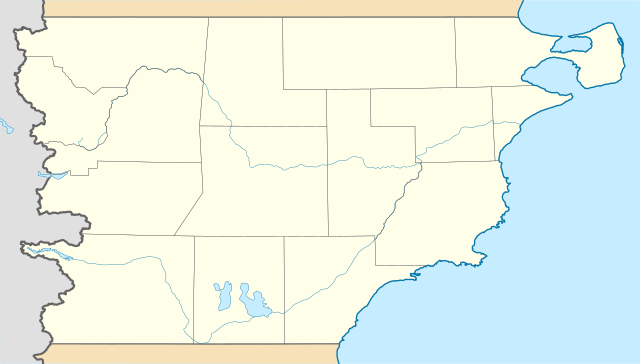
Map depicting Chubut Province in Argentina, with Valdés Peninsula at the upper right.
